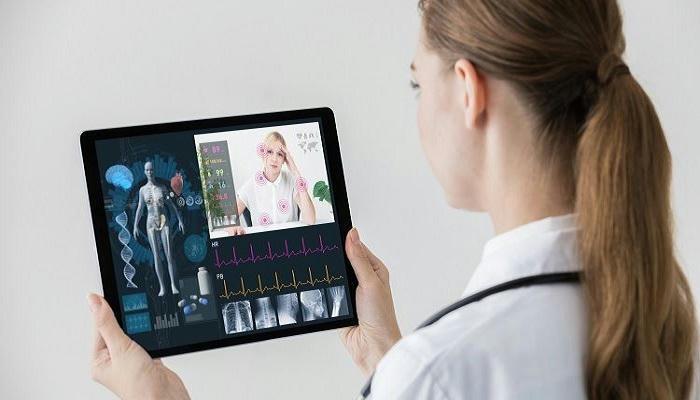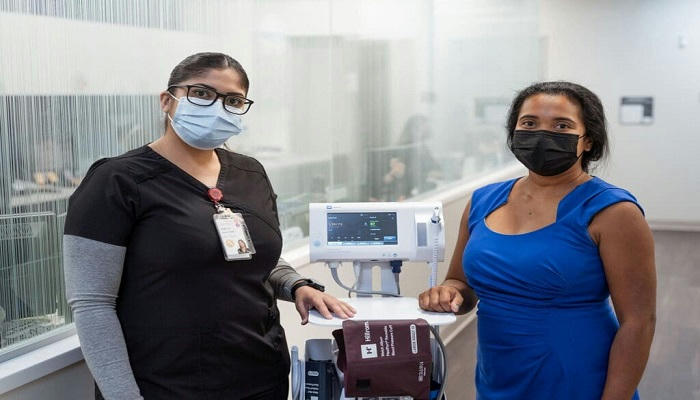Transforming Nursing Services in America: Innovations, Challenges, and Future Prospects
Nursing services form the backbone of America's healthcare system, evolving from bedside care to advanced clinical practices. This article explores nursing's historical roots, modern innovations, persistent challenges, and future directions in an era of aging populations and technological disruption.
From Bedside Care to Clinical Leadership: A Historical Perspective
Nursing in America has undergone three transformative phases:
- 19th-century foundations: Florence Nightingale-inspired care during Civil War
- 1950s professionalization: Mandatory BSN programs in 48 states
- 21st-century specialization: 130+ nursing certifications now available

Modern Innovations Reshaping Practice
Technology Integration
- EHR adoption: 96% of hospitals now use nurse-optimized digital records
- Telehealth expansion: 78% increase in virtual nursing consults (2020-2025)
- Wearable monitoring: 40% reduction in code blues through smart patient sensors
Education Advancements
| Innovation | Impact |
|---|---|
| VR simulation labs | 45% skill retention improvement |
| Competency-based education | 30% faster clinical readiness |
| AI-powered tutoring | 24/7 personalized learning |

Persistent Challenges in Nursing
Workforce Pressures
- Shortage crisis: 1.2 million RN vacancies projected by 2030
- Burnout rates: 32% of nurses considering career change post-pandemic
- Skill gaps: 65% of hospitals report insufficient specialty-trained nurses
Systemic Barriers
- Reimbursement limitations: Only 28 states recognize nurse-led primary care
- Regulatory fragmentation: 50 different state licensure requirements
- Equipment shortages: 40% of rural clinics lack advanced monitoring tools
Emerging Solutions and Future Vision
Workforce Development Strategies
- Apprenticeship models: 2-year earn-while-you-learn programs
- AI staffing coordinators: Predictive analytics reduce overtime by 25%
- Mental health support: 90% retention increase with peer counseling programs

Next-Generation Care Models
- Community paramedicine: Nurse-led mobile teams reduce ER visits by 60%
- Hospital-at-home: RNs manage 35% of acute care cases remotely
- Precision nursing: Genetic risk assessments guide personalized care plans
Case Studies: Pioneering Programs in Action
Midwest Telecardiology Success
- Remote monitoring: 50% fewer CHF readmissions
- Nurse-patient ratio: 1:15 (vs. traditional 1:8) with AI support
- Cost savings: $8.2 million annual reduction for health system
Southwest Mentorship Initiative
- Retention boost: 88% of new nurses stay beyond 3 years
- Promotion rate: 40% faster career advancement
- Patient satisfaction: 4.9/5 rating for mentored nurses

Building the Nursing Workforce of 2030
Three critical investment areas:
- Education infrastructure: $2.1 billion needed for simulation tech upgrades
- Policy reform: Universal licensure compact and expanded prescriptive authority
- Technology adoption: Federally-funded EHR interoperability initiatives
Key performance targets:
- 90% nursing school graduation rate by 2030
- 50% reduction in preventable medical errors
- 80% telehealth integration in home health services
The future of American healthcare depends on empowering nurses through technology, policy support, and cultural recognition. By addressing current challenges and scaling successful innovations, nursing services will continue driving patient-centered care transformation.
